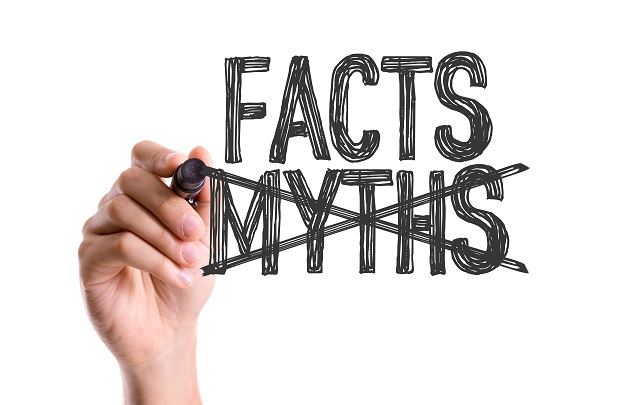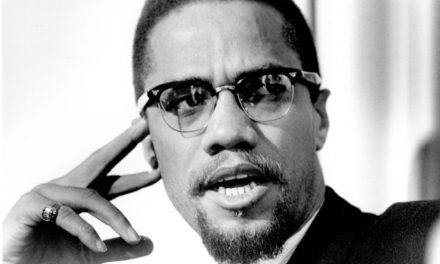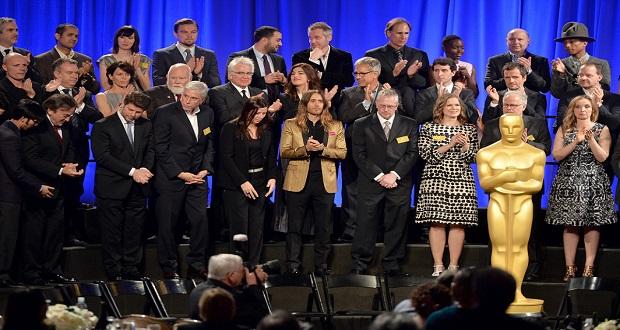
One of the biggest challenges diversity and inclusion (D&I) practitioners face is resistance due to a lack of understanding of what diversity and inclusion means. One tactic that I have started using is to address the misconceptions surrounding this work from the beginning. Below are my top five myths that I often encounter.
Myth #1: The two terms ‘diversity’ and ‘inclusion’ have the same meaning
Reality: I often use Verna Myers’ quote when introducing D&I: “Diversity is being invited to the party; inclusion is being asked to dance.” Diversity represents the variety of human differences including, but not limited to: skills, experiences, work styles, education level, religion, cultural background, race, age, gender, sexual orientation, gender identity, ability, and class. Inclusion involves understanding, valuing and leveraging these differences to achieve superior organizational results.
Myth #2: D&I is the sole responsibility of the Human Resources function
Reality: Diversity and inclusion is the responsibility of everyone. All employees play an important role in ensuring that the diverse experiences, ideas and talents of their workforce are valued and leveraged. We are all in this together!
Myth #3: D&I programs only focus on race and gender
Reality: Each person represents multiple facets of diversity and adds value due to their unique experiences and backgrounds. An effective D&I program will leverage these differences enabling everyone to have their voices heard and talents fully utilized.
Myth #4: D&I is about promoting unqualified individuals
Reality: D&I involves broadening the net and examining the status quo so that all employees have access to the same opportunities and the organization is creating an environment where everyone is able to thrive.
Myth #5: D&I programs are implemented in an effort to be politically correct or to “check the box”
Reality: Organizations pursue diversity and inclusion initiatives to help promote sustainable growth and organizational success. As the workforce increasingly becomes more diverse, it is critical that organizations develop D&I strategies that will support their goals and objectives.
Now that some of the common myths that I often hear have been debunked, I would love for you to share other misconceptions you’ve faced in relation to this work.



















Great post! The myths that you discussed are all that I have come across professionally and personally when talking about diversity and inclusion. The key is to start (and continue) the conversation, and to be open to discussing different points of view.
One “myth” that I have come across is D&I programs are no longer necessary, which often comes from a place of conflating diversity and inclusion with affirmative action and compliance. D&I is absolutely critical to the success of our organizations, and should be looked upon as far more than a support function. Diversity is interwoven into all of our functions, practices, and processes, and we would do well to capitalize on diversity by developing and promoting more effective inclusion strategies.